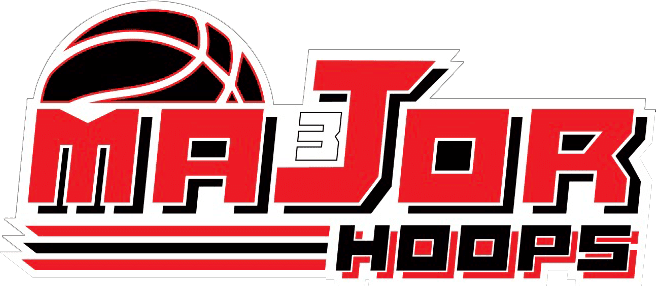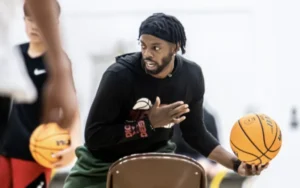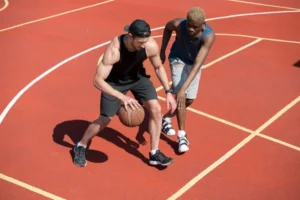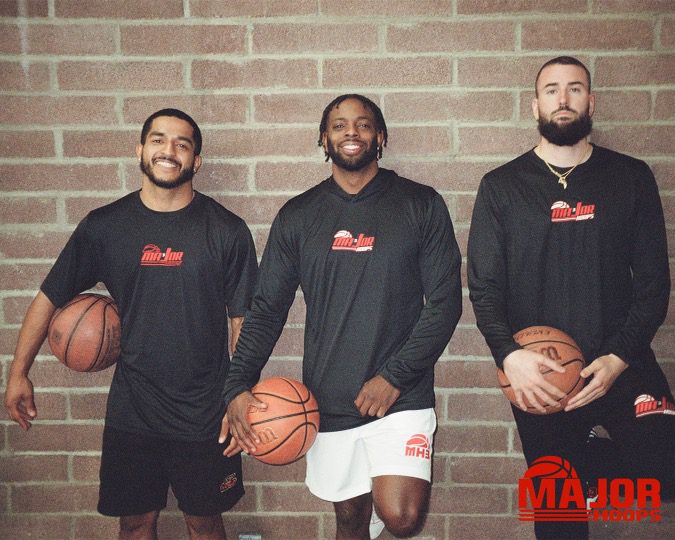If you’re a basketball player looking to improve your game, then you should seriously consider strength training in your training sessions. Weightlifting isn’t just for bodybuilders and powerlifters – it can significantly enhance the performance of basketball players too.
From improving speed and agility to increasing strength and endurance, there are plenty of benefits that come from lifting weights as part of your basketball training program.
In this article, we will talk about the benefits of strength training for basketball, key exercises, and safety considerations. We will also go over 8 essential tips that every basketball player needs to know about weightlifting so they can get the most out of their workout sessions. We will also cover some basic exercises that are great for building functional strength specifically tailored for the sport of basketball. So if you want to take your game to the next level, read on!
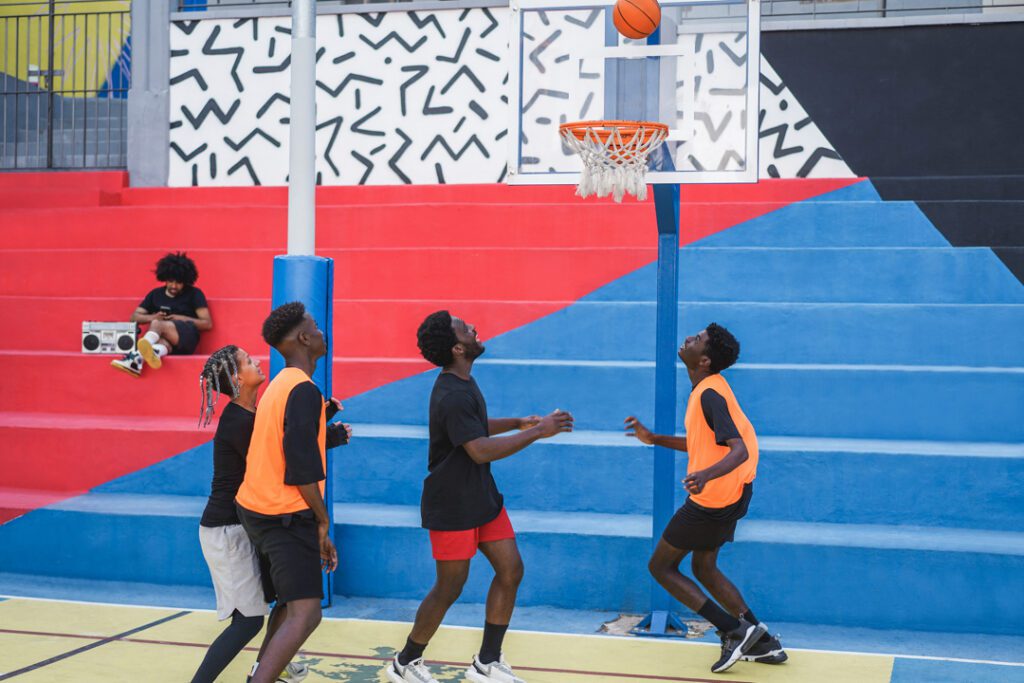
The benefits of weightlifting for basketball players
Weightlifting provides basketball players with a number of benefits that can help take their performance to the next level. Lifting weights can increase an athlete’s strength and power, allowing them to jump higher, move faster, and have more explosive movements on the court.
Weightlifting can also improve an athlete’s agility and balance, as well as their body awareness on the court. Additionally, weightlifting can help improve a basketball player’s endurance, allowing them to play at a higher level for longer periods of time.
A basketball lifting program can help maintain fitness through the off season which means that when the season starts, basketball players will have an advantage over their opponents as they are already in better physical condition.
Basketball strength training for youth players
Basketball strength training can be especially beneficial for young basketball players, as it can help them build muscle, increase their strength and power, and improve their coordination and balance. Strength training is key to helping young athletes become faster, more explosive, and better able to withstand the rigors of competition.
Additionally, youth basketball players who engage in regular strength training programs are more likely to remain injury-free due to better body awareness and control. Strength training can improve a basketball player’s coordination and balance which can help them not only move better on the court but also avoid potential injuries. When a basketball player has better control over their movements, they are less likely to strain their muscles and joints.
Strength training can also increase an athlete’s speed, agility, and power. Increased muscle strength can help a basketball player jump higher and move faster on the court, giving them an edge against their opponents.
Lastly, weightlifting can improve a basketball player’s endurance and aerobic capacity, allowing them to play at a higher intensity level for longer periods of time.

Strength training exercises for basketball
When it comes to weight training exercises for basketball, there are a few key movements that should be included in your routine.
These exercises will help you develop the functional strength and power that is essential for playing basketball or any sport. Below is a list of some of the best weight training and strength exercises for basketball:
Squats
Squats are great for developing leg strength, power, and stability. Variations include:
Goblet squats
Stand with your feet shoulder-width apart and hold a weight in front of your chest. Lower yourself down until your thighs are parallel to the ground, then push back up. Repeat this movement.
Front squats
Stand with your feet shoulder-width apart. Hold a weight in front of your chest and lower yourself down until your thighs are parallel to the ground. Push back up and repeat the movement.
Back squats
Stand with your feet shoulder-width apart. Hold a weight behind your neck and lower yourself down until your thighs are parallel to the ground. Push back up and repeat the movement.
Lunges
Lunges strengthen the quads, glutes and hamstrings while also providing stability and balance.
To do a lunge, stand with your feet hip-width apart. Step forward with one leg and lower your body until the thigh of your front leg is parallel to the ground. Push back up and repeat the movement on the opposite leg and side.
Dumbbell rows
Dumbbell rows are great for developing upper-body strength as well as stability in the core muscles.
To do dumbbell rows, stand with your feet shoulder-width apart and hold a dumbbell in each hand. Bend over at the waist while keeping your back straight and row the weights up towards your chest. Lower them back down and repeat the movement.
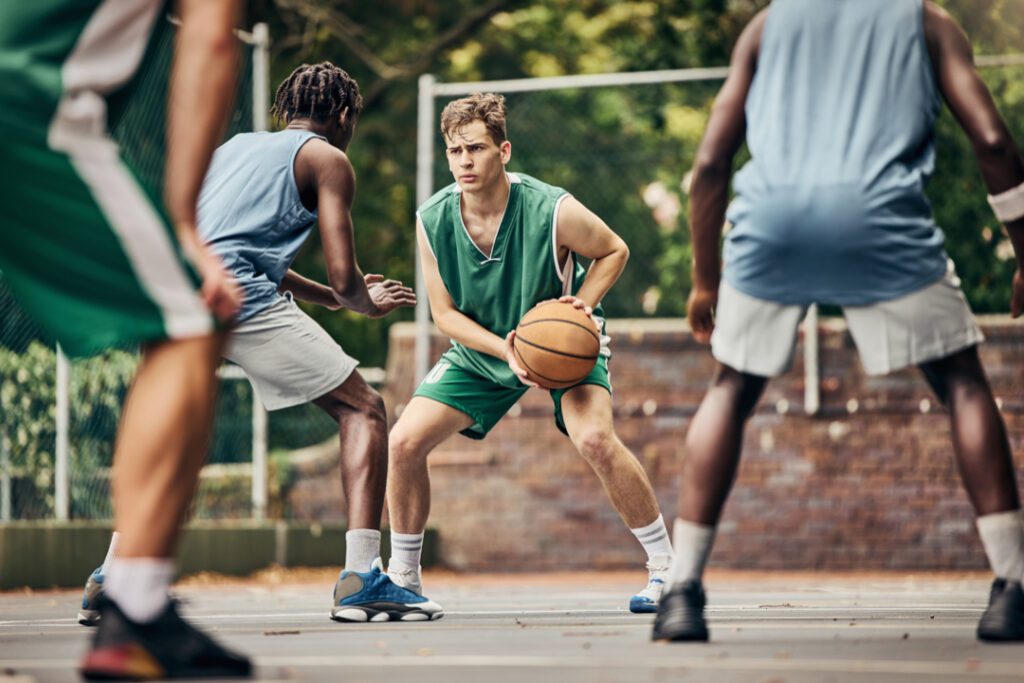
Pushups
Pushups are great for developing upper-body strength as well as core stability.
To do a pushup, lay down on your stomach and support yourself with your hands and toes. Lower your chest to the ground, then push back up. Keep your body in a straight line throughout the movement.
Chin ups
Chin ups are great for developing upper-body strength and power.
To do a chin up, grab onto a bar with an overhand grip and pull your body up until your chin is above the bar. Lower yourself back down slowly and repeat the movement.
Deadlifts
Deadlifts work the entire posterior chain (backside) of your body.
To do a deadlift, stand with your feet hip-width apart. Hold a weight in front of you and bend over until the weight is close to the ground. Lift the weight up by pushing with your legs and lower it back down. Repeat this movement.
Bench Press
The bench press is a classic exercise for building upper body strength. It helps to strengthen the chest, shoulders, and triceps.
To do a bench press, lie down on a weight bench with your feet flat on the ground. Hold a weight in each hand and press them up until they reach eye level. Lower them back down and repeat the movement.
Plyometric Training
Plyometric training is great for improving speed and agility. While not weight-lifting exercises, plyometric exercises are also great for developing strength in both the upper and lower body.
Plyometric pushups
Plyometric pushups help develop explosive upper-body strength.
To do a plyometric pushup, start in a pushup position. Push down quickly and explosively, then let your hands lightly touch the ground before pushing back up again. Repeat this movement for reps.
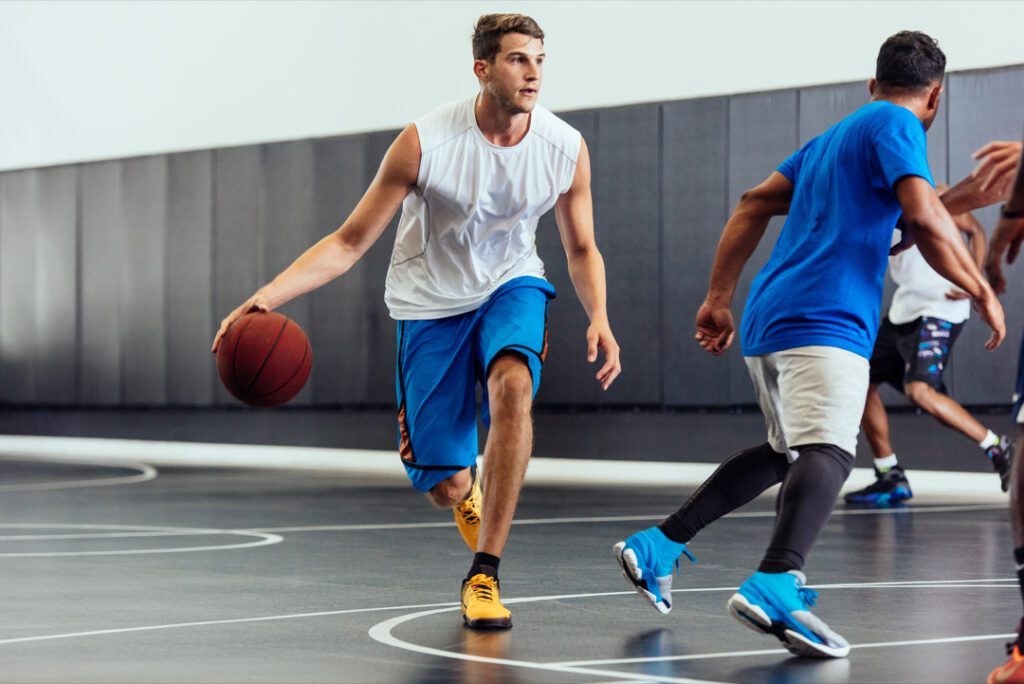
Skip jumps
Skip jumps are great for developing explosive power and agility.
To do a skip jump, stand with your feet shoulder-width apart and jump up as high as you can. Land softly with both feet and immediately jump up again. Repeat this movement for reps.
Box jumps
Box jumps also help to develop explosive power and agility.
To do a box jump, stand in front of a low box or platform with your feet and shoulder blades full-width apart. Jump up onto the box and immediately jump back down. Repeat this movement for reps.
Broad jumps
Broad jumps are another exercise that helps develop explosive power and agility.
To do a broad jump, stand with your feet shoulder-width apart and squat down. Swing your arms back and jump forward as far as you can. Land softly with both feet, then immediately jump again. Repeat this movement for reps.
Plyo-lunges
The difference between a lunge and a plyo-lunge is that you include a vertical jump, and an explosive movement.
To do a plyo-lunge, stand with your feet hip-width apart and squat down. Swing your arms back and jump forward onto one foot. Land softly on the opposite foot, then immediately jump again. Alternate legs for each rep.
These are just some of the best exercises you could include in your strength training routine if you’re looking to improve your basketball performance. Remember to always focus on form and technique when doing any exercise to ensure proper safety and effectiveness.
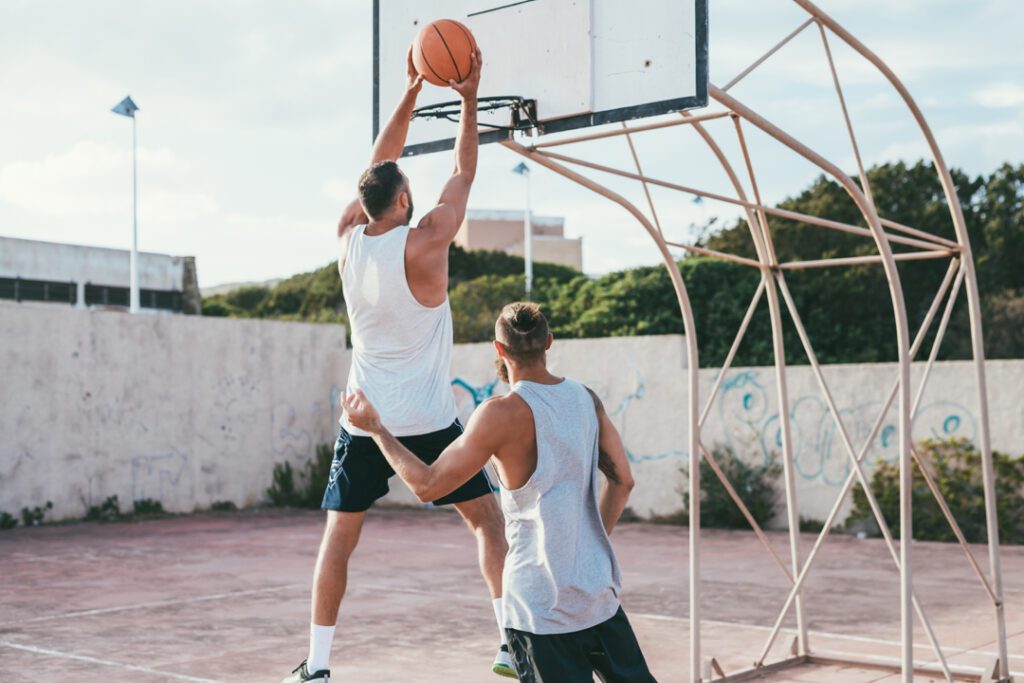
Basketball strength training program safety
When working with youth basketball players on strength training exercises, it is important to be mindful of safety precautions. First and foremost, all athletes should have their physical abilities and limitations assessed before beginning any kind of strength training program. This helps to ensure the exercises are tailored to the individual’s fitness level and any potential risks can be identified ahead.
One of the key safety considerations for youth lifting weights is to make sure that they are monitored during their training. This means:
- having a qualified conditioning coach or instructor supervising the session, who can spot any potential risks and correct any improper form or technique.
- ensuring that the weight lifted is not too heavy for their level of strength and experience.
- making sure that the exercises are performed with proper form and technique in order to reduce the risk of injury.
- giving athletes enough rest between sets or workouts so they can perform each exercise safely and effectively.
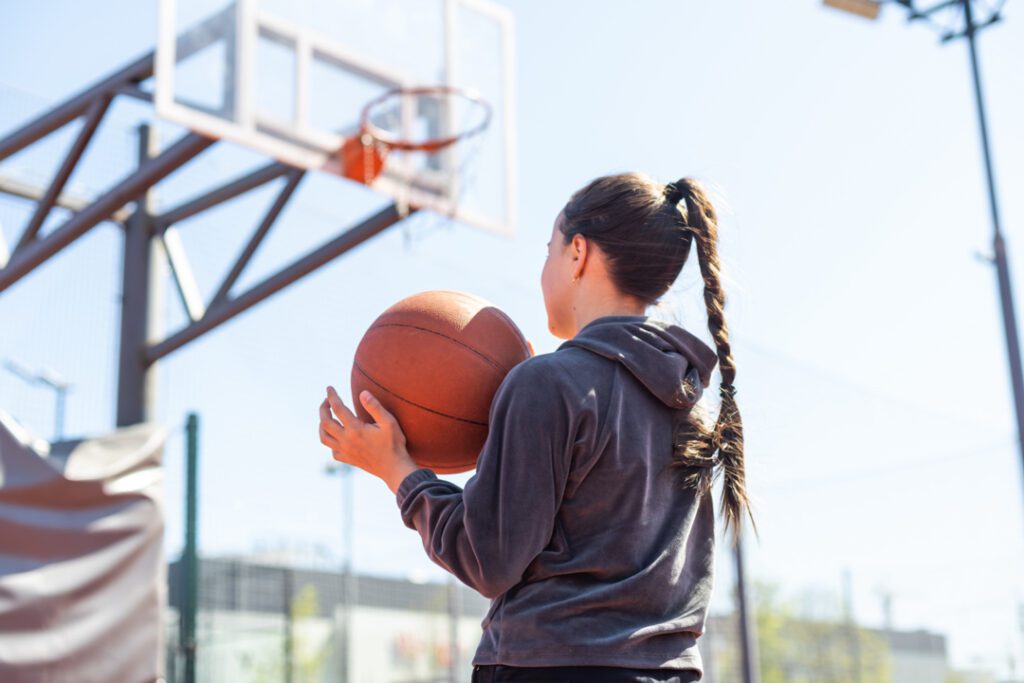
8 Tips for making the most of power training
1. Start With A Solid Base
Before you start any weight training program, it’s important to understand the fundamentals of lifting and proper form for each exercise. This will help ensure that you don’t injure yourself while also allowing you to get the most out of your workout sessions. Start with light weights and focus on perfecting your form before you start to increase the weight that you’re lifting.
2. Focus On Compound Movements
Compound movements are exercises that involve multiple joints and muscle groups, so they are great for building overall strength and size. These exercises also mimic the movement patterns used during basketball games, so it’s a great way to improve your performance on the court. Examples of compound movements include squats, deadlifts, bench press, and barbell rows.
3. Use Proper Form
This is one of the most important things you need to consider when weightlifting for basketball. Improper form can lead to serious injuries, so make sure to take your time and focus on using proper form with each exercise.
4. Increase Your Rep Range
Increasing the number of reps you do during a weightlifting session is an effective way to improve strength and endurance while also preventing injury. Start by doing 8-12 reps per set for most exercises, then gradually increase the range as you get stronger.
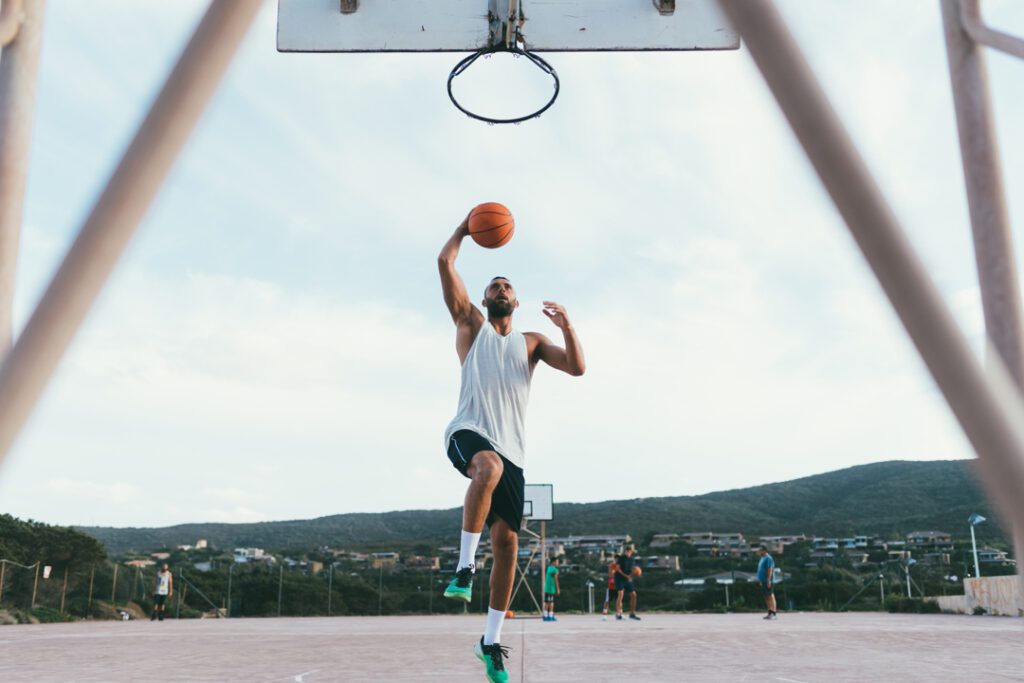
5. Focus On Full-Body Workouts
When it comes to weightlifting for basketball, full-body workouts are essential for maximizing your performance on the court. This means you should focus on exercises that involve multiple muscle groups and use compound movements as much as possible.
6. Utilize Rest Periods
Rest periods are an important part of any weightlifting program, but they’re especially important for basketball players. During rest periods, your body is able to recover and build muscle, so make sure to factor in adequate rest between sets.
7. Increase Weight Gradually
Gradually increasing the amount of weight you lift is essential for avoiding injury and building muscle. Start with a weight that’s comfortable for you, then gradually increase the weight over time as your strength increases.
8. Don’t Forget Cardio
While weightlifting is important for improving your performance on the court, it’s also important to include some other forms of cardio into your routine. This can include activities such as running, swimming, biking, and other forms of aerobic exercise.
By following these 8 essential tips for weightlifting for basketball players, you can maximize the benefits of your workout sessions while avoiding injury.
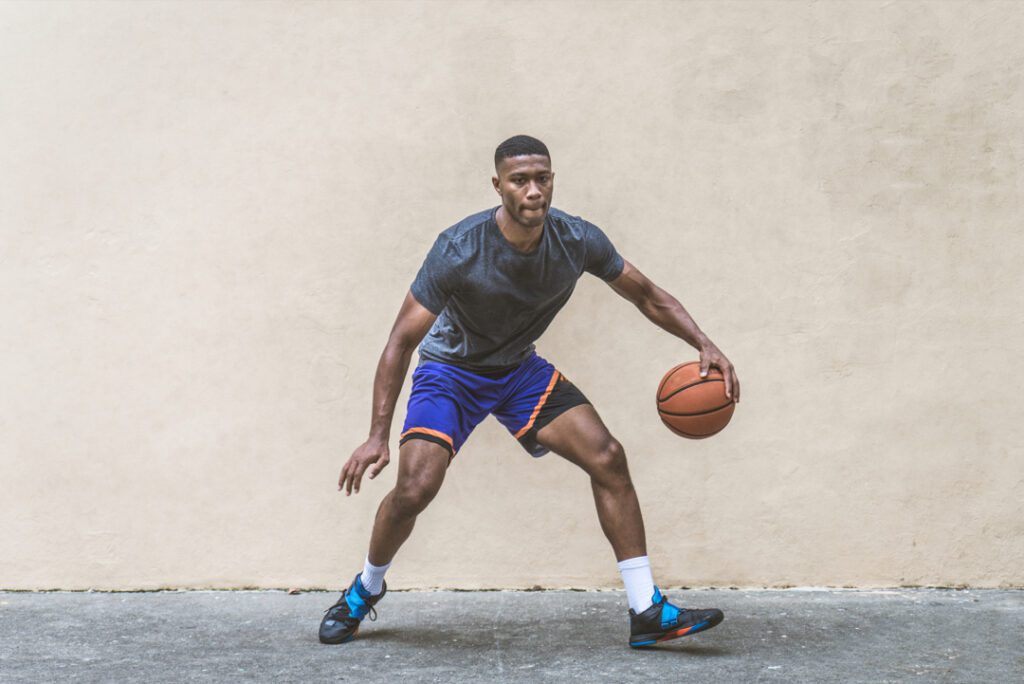
Sample Workout Plan for Youth Basketball Players
Day 1:
– Warm Up (5 minutes): Jumping jacks, stretching, running in place.
– Squats (3 sets of 10 reps)
– Pushups (3 sets of 8 reps)
– Lunges (3 sets of 10 reps)
– Medicine Ball Slams (3 sets of 12 reps)
– Dumbbell Flyes (3 sets of 8 reps)
– Core Exercises: Plank, Side Plank, Reverse Crunch (2 sets of each exercise for 1 minute each).
Day 2:
– Warm Up (5 minutes): Jumping jacks, stretching, running in place.
– Deadlifts (3 sets of 8 reps)
– Bench Press (3 sets of 10 reps)
– Barbell Shrugs (3 sets of 12 reps)
– Lat Pull Downs (3 sets of 8 reps)
– Core Exercises: Bicycle Crunch, Russian Twist, Mountain Climbers (2 sets of each exercise for 1 minute each).
Day 3:
– Warm Up (5 minutes): Jumping jacks, stretching, running in place.
– Box Jumps (3 sets of 8 reps)
– Overhead Press (3 sets of 10 reps)
– Medicine Ball Chest Passes (3 sets of 12 reps)
– Triceps Pushdowns (3 sets of 8 reps)
– Core Exercises: Reverse Crunches, Toe Touches, V-Ups (2 sets of each exercise for 1 minute each).
By incorporating a combination of these exercises into your weekly routine, you can make sure that you’re getting the most out of your strength training program and improving your basketball performance. Remember to always focus on proper form and technique when doing any exercise in order to maximize safety and effectiveness.
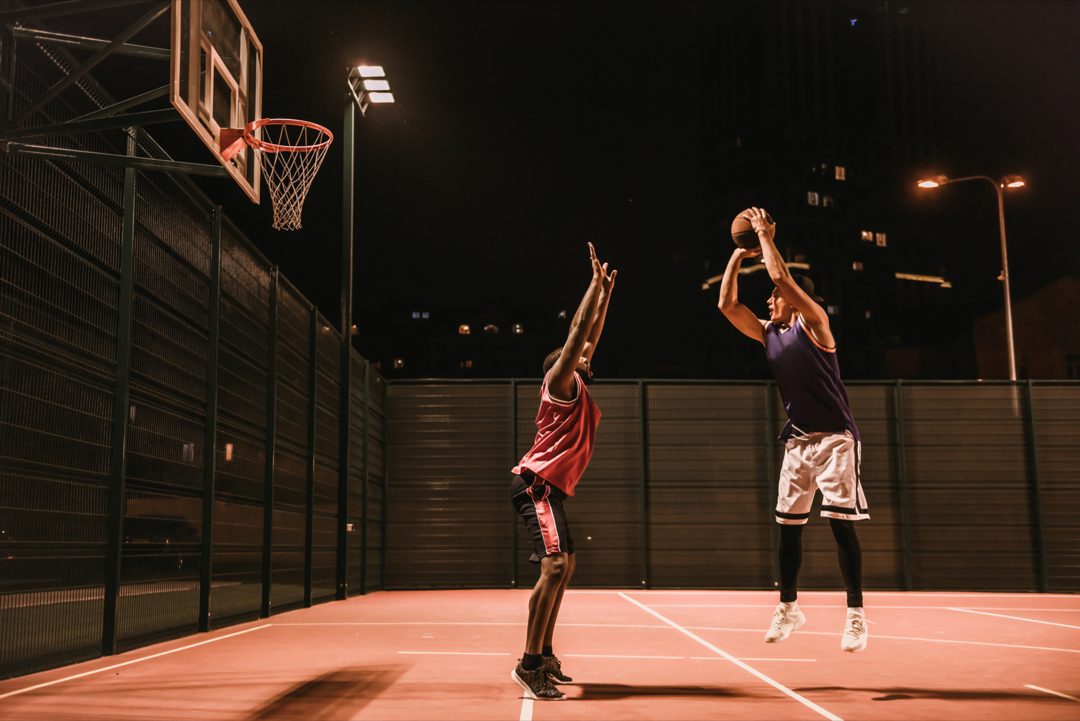
Conclusion
Weightlifting is an important aspect of basketball training, as it helps athletes build strength and improve their performance on the court. Before starting any kind of weightlifting program, it’s important to have a physical assessment and ensure that the exercises being done are tailored to the individual’s fitness level as well as their safety. In order to do this safely and effectively, athletes should be supervised by a qualified conditioning coach or instructor who can spot any potential risks and correct improper form. Additionally, it’s important for athletes to make sure they are not lifting too much weight for their strength level, take adequate rest in between sets or workouts, and focus on proper form with every exercise.
To maximize the benefits of power training, there are 8 essential tips to consider: start with a solid base; focus on compound movements; use proper form; increase your rep range; focus on full-body workouts; utilize rest periods; increase weight gradually; and don’t forget cardio.
As an example of a sample workout plan, youth basketball players could begin with warm up exercises such as jumping jacks or running in place before progressing into sets of squats, pushups, lunges, medicine ball slams, dumbbell flyes, and core exercises like planks and side planks.
Overall, when weightlifting for basketball safety should always be the top priority. Athletes should ensure that they are properly supervised by a qualified professional while also focusing on perfecting the fundamentals of lifting and using proper form with each exercise. With these safety precautions in place, athletes can make sure that they are getting the most out of their strength training program while avoiding injury.
We hope that this article has provided you with the tips and knowledge you need to successfully incorporate weightlifting into your basketball training and competitive season. Good luck!
